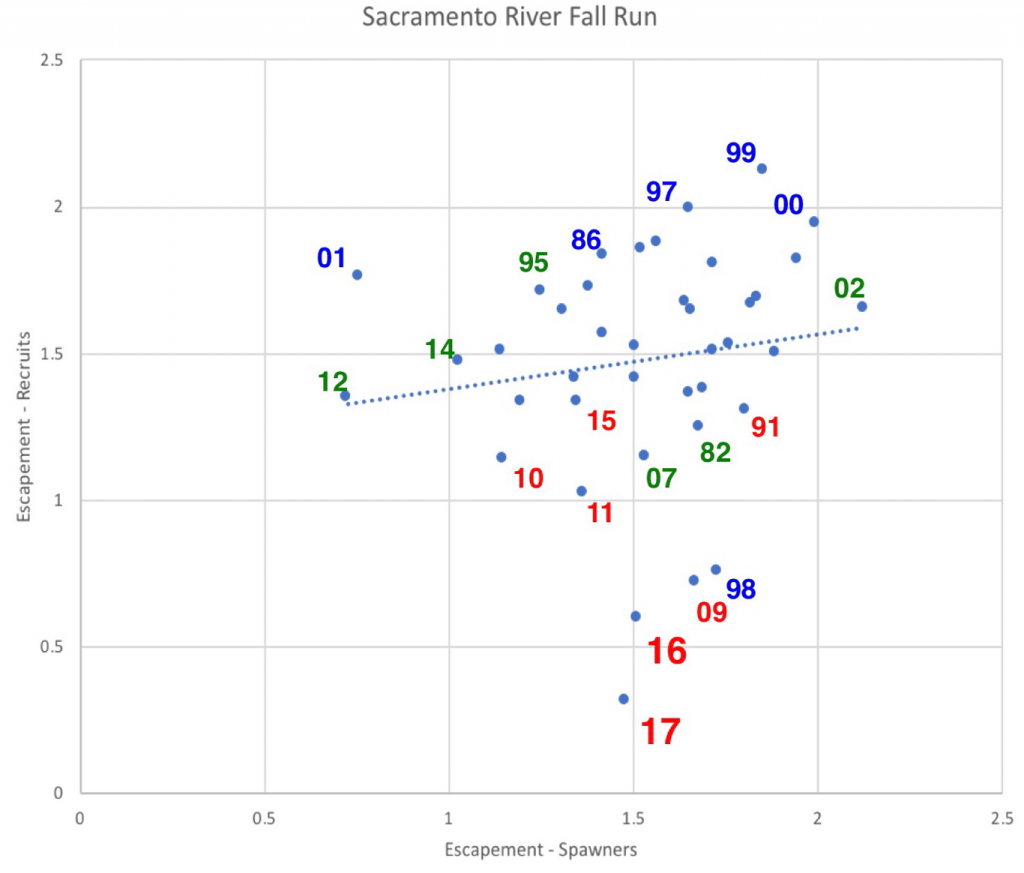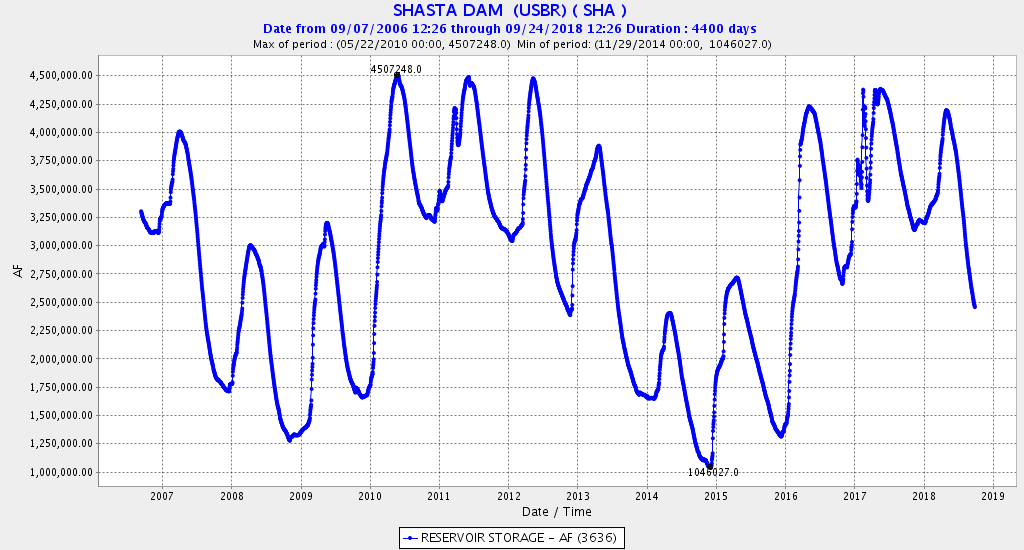California’s salmon hatchery programs badly need major projects and upgrades. The future of wild and hatchery salmon runs, as well as commercial and sport fisheries in California, depends on these programs. However, hatchery programs are operated and funded under antiquated water project mitigation programs that lack a progressive approach (and funding) for hatcheries in salmon ecosystems in California. And neither the Sacramento Valley Salmon Recovery Program (SVSRP) nor Proposition 3 includes investments in hatcheries.
California Salmon Hatcheries:
- Iron Gate Hatchery: Coho, Fall Chinook and Steelhead (Klamath River)
- Trinity River Hatchery: Coho, Fall Chinook, Spring Chinook and Steelhead (Trinity River)
- Nimbus Hatchery: Fall Chinook and Steelhead (American River)
- Mokelumne Hatchery: Fall Chinook and Steelhead (Mokelumne River)
- Merced Hatchery: Fall Chinook (Merced River)
- Feather River Hatchery: Fall Chinook, Spring Chinook and Steelhead (Feather River)
- Coleman National Fish Hatchery: Fall Chinook, Late-fall Chinook and Steelhead (Battle Creek)
- Livingston Stone National Fish Hatchery: Winter Chinook (Sacramento River)
The California Hatchery Review Project and Hatchery Science Review Group (HSRG)1 identified major problems/issues, goals, and expectations related to California salmon hatcheries:
- Serious loss and degradation of habitat limits natural production of salmon and steelhead in California.
- Hatchery program goals have been consistently expressed in terms of juvenile production rather than adult production.
- Program purposes have not been clearly defined.
- Hatchery monitoring and evaluation programs and Hatchery Coordination Teams are needed.
- Program size has been set independent of any consideration of potential impacts of hatchery fish on affected natural populations.
- Off-site releases promote unacceptable levels of straying among populations.
- Marking/tagging programs are needed for real-time identification of all hatchery-origin Chinook salmon returning to hatchery facilities.
- Standards for fish culture, fish health management and associated reporting are inadequate and need to be improved.
- Populations and population boundaries have not been established for non-listed species and are needed for effective development of integrated hatchery programs.
- Harvest management of Sacramento River Fall Chinook should account for the productivity of naturally-spawning adults.
Program goals:
- Improving the efficiency of hatchery operations
- Reducing the impact of hatcheries on natural populations
- Supporting commercial, tribal, and recreational fisheries
Expectations from hatchery programs:
- Reduction in the domestication of hatchery fish
- Reduction in the negative impacts of hatchery fish on natural spawning populations
- Improved prospects for the long-term successful coexistence of hatchery and natural fish
NMFS’s Salmon Recovery Plan, in addition to supporting the recommendations of the HSRG, also promotes the following action: “Develop and implement an ecosystem based management approach that integrates harvest, hatchery, habitat, and water management, in consideration of ocean conditions and climate change (Lindley et al. 2009).”
Because scientific studies have shown that hatcheries reduce the long-term fitness and survival of salmon species, and California’s listed salmon and steelhead cannot be sustained without hatcheries, it is imperative that hatchery programs be upgraded to safeguard the future of salmon in California. One way to accomplish this goal and the others described above is to adopt the goals and objectives of a Conservation Hatchery Strategy.
First, there needs to be a shift away from hatcheries as mitigation for long-ago-built dams and water diversions, and a shift toward hatcheries contributing directly to salmon recovery and conservation. Dumping tens of million salmon and steelhead hatchery smolts at the eight hatcheries or trucking some to the Bay may sustain a minimal coastal fishery, but it will not bring recovery or delisting of endangered populations. Conservation hatcheries are a necessary tool for salmon recovery.
The eight hatchery programs need funding to convert them to conservation hatcheries. That funding could come from the SVSRP and resource agency programs, and future ballot initiatives, as well as mitigation programs. At a minimum, the SVSRP should be integrated into an ecosystem-based management approach that includes conservation hatcheries.














